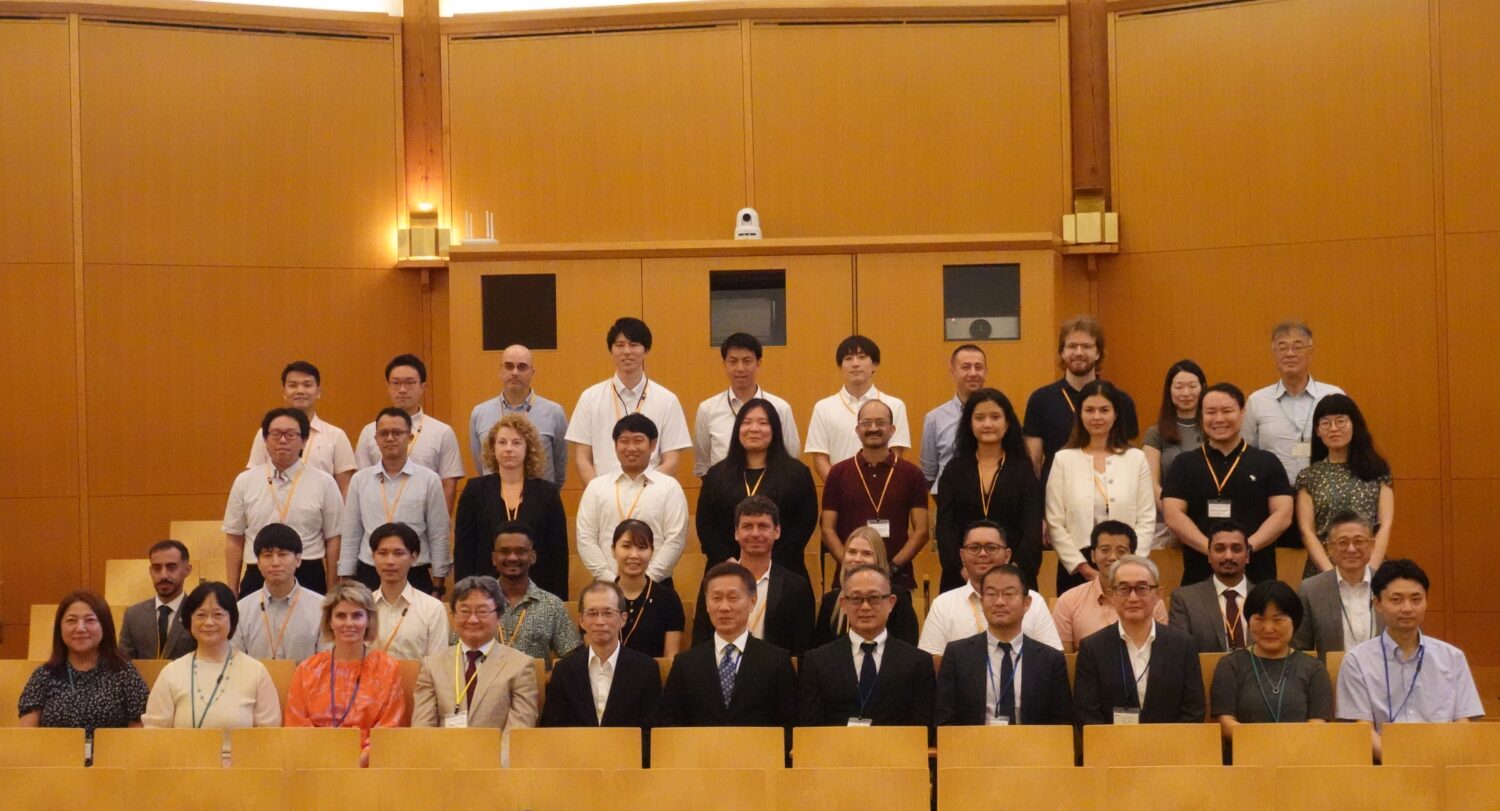The proposal begins by expressing concern that “continued confusion in energy policy” since the giant earthquake in March 2011 and subsequent nuclear accident at the Fukushima Daiichi Nuclear Power Station would produce “tremendous, irrevocable adverse effects on industry and employment” in the Kansai region (centered on Osaka, Kobe, Kyoto and Nara), home to many mid-size and smaller industries.
The proposal then calls upon the Japanese government to establish a well-balanced composition of power sources in the energy mix from the viewpoint of concurrently achieving safety, energy security, environmental protection, and economic efficiency, considering macro effects on the economy as well.
On that basis, it then goes on to say that nuclear energy — given its particular characteristics, including its economy, low carbon-dioxide emissions, and contribution to increasing energy self-sufficiency — should be maintained on a certain scale and used on the premise of ensured safety.
The proposal seeks the implementation of five items:
- Accelerated approval process for restarting nuclear power plants
- Accelerated restart of those NPPs whose safety is already confirmed
- Review of Japan’s 40-year limit on reactor operation
- Maximum use of existing NPPs, with the construction of new NPPs to be promoted and older ones replaced in line with the national policy
- Steady promotion of the nuclear fuel cycleSteady promotion of the nuclear fuel cycle
Kankeiren’s proposal also calls for measures to be taken for each energy source, including renewable energies and fossil fuels. It also urges the reform of the country’s electricity and gas systems, and the nationwide control of energy consumption. In addition, it outlines a plan for the expanded use of hydrogen. Finally, it encourages sufficient measures for the technology and human resources necessary to sustain the commitment to the chosen energy mix.
The proposal points out that base-load power sources need to be returned to a level above 60% of the energy mix — as they were before the earthquake — from today’s level of 40%. It then proposes a nuclear component of 25%, setting renewables at 20% or less in light of cost and stability.















